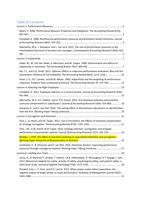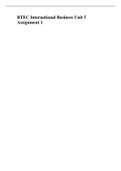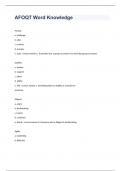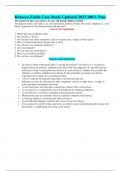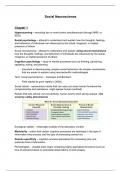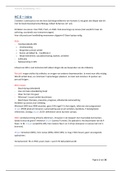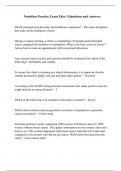Samenvatting
Summary Papers Managing and motivating for value
- Instelling
- Tilburg University (UVT)
Summary of the papers Lecture 2: Performance Measures Moers, F. 2006. Performance Measure Properties and Delegation. The Accounting Review 81(4): 897-924. Campbell, D. 2008. Nonfinancial performance measures and promotion-based incentives. Journal of Accounting Research 46(2): 297-332. Abernethy...
[Meer zien]
